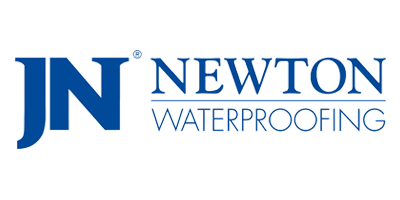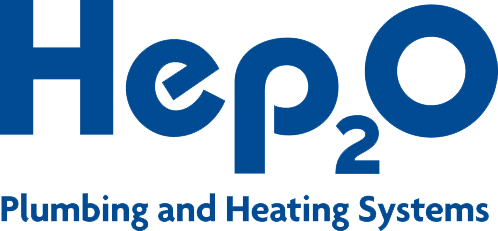Back
Hybrid and Home: Future Workspaces
Hybrid Working: The Future of Office and Remote Work Balance
Once upon a time, time spent in the office was an important metric of success, and to ever suggest working from home or ‘hybrid working’ would be absurd. Fast forward to 2022, and this traditional way of thinking has been totally flipped on its head. The COVID-19 pandemic saw the office workplace as we know it disrupted and dismantled, with thousands of office employees having to adopt a work-from-home approach.
Two years on, and most offices are showing no signs of returning to the way things were before the pandemic. Job opportunities are being advertised as ‘hybrid’ or ‘remote’ opportunities, and flexible working is the new buzzword on the block. With a far more fluid and flexible approach being introduced to where we physically work, what effect has this had on businesses? Is the office still important? Or will the chit chat around the office coffee machine be forever replaced with Teams notifications and virtual meetings?
Understanding Hybrid Work Models
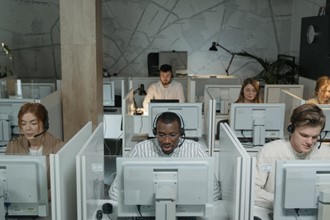
Remote roles suggest employees work from home on a permanent basis, whereas hybrid roles offer employees a mixture of office-based days and work-from-home days. The pandemic accelerated the adoption of remote work and home offices, with many companies embracing it as a long-term solution.
The Shift Towards Flexible Working
Home offices offer a safe and comfortable workspace, allowing for better work-life integration and eliminating commuting time. They can be customised to individual preferences and needs, providing a supportive environment. This shift towards home offices has become key, enabling small companies and freelancers to thrive whilst offering sustainable workspaces.
Benefits of Hybrid Working
These setups do, obviously, pose some attractive benefits for both employees and employers:
For Employees
- Flexibility and freedom – there are many benefits from having more time spent at home and less time commuting. Being home to take deliveries, to look after children or pets, and to save money on commuting are all reasons to enjoy working from home.
- Better work-life balance – Remote work promotes work-life balance and supports employee wellbeing by reducing stress and travel time.
- Safety during the pandemic – some employees might still be worried about COVID. Hybrid and remote roles are more inclusive for high-risk individuals.
- Customised workspace – Setting up a productive home office allows for personalised comfort with ergonomic furniture and proper lighting.
For Employers
- Lower building costs – employers can plan around occupancy levels and cut down on office overheads such as supplies, rent, and other expenses.
- Wider talent pool – Remote work opens up opportunities for a more diverse and inclusive workforce, breaking down geographical barriers.
- Reduced absence rates – Flexible working can reduce absence rates and allows employees to better manage long-term health conditions.
How the Pandemic Influenced Workplace Trends
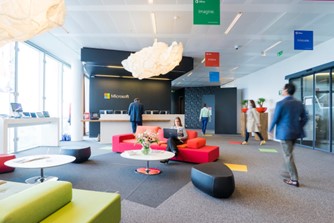
The pandemic has significantly impacted workplace trends. It has accelerated digital transformation, making remote work the new norm for many organisations. Health and safety concerns have led to changes in office layouts and protocols, prompting companies to re-evaluate the need for physical office spaces.
Digital Transformation Requirements
The pandemic has accelerated the adoption of digital tools and technologies in the workplace. Cloud-based collaboration platforms have become essential for remote work, allowing employees to collaborate seamlessly from different locations. Virtual meetings and video conferencing have replaced traditional face-to-face interactions, enabling teams to stay connected.
Health and Safety Considerations
Companies are implementing social distancing measures and sanitisation protocols to prioritise employee wellbeing. Office layouts are being redesigned to minimise health risks. Improved ventilation systems and air filtration are key in creating safe workspaces. Additionally, flexible work arrangements help reduce the density of people in office spaces.
Why the Office Environment Remains Important
Despite a few attractive benefits, there is a lot to be said as to why offices could be argued as integral to the success of businesses:
- It is much easier to create a culture of support and personal development when you have employees in the same space.
- Following on from the above point, it’s far easier to create a sense of camaraderie by having everyone in the same workspace. Having a central place for employees to come together helps instil a feeling of belonging and purpose.
- In an office, you are guaranteed certain standards by law. There are legislations in place to make sure your equipment is supportive of your health, such as preventing back ache or eye strain. At home, you are solely responsible for your own health, safety, and well-being.
- The office can offer a disruption-free zone for employees who, at home, may be distracted by children, pets, or household chores.
- Humans are naturally sociable creatures. Working from home is extremely isolating, and although it may be a novelty for a short period of time, ultimately, humans thrive off of social interactions and feeling a part of a collective for something that matters.
- Despite technology being the best it has ever been in terms of bridging geographical gaps through video calls and instant messaging, nothing compares to face-to-face interactions. Being in person with our employees allows us to receive non-verbal cues and conversation flows far more naturally and at a faster pace.
- Working in an office is convenient for communicating. More often than not, you can get an instant reply from somebody word of mouth rather than waiting for an email response or a message via Teams.
Case Study: The Purplex Hybrid Working Model
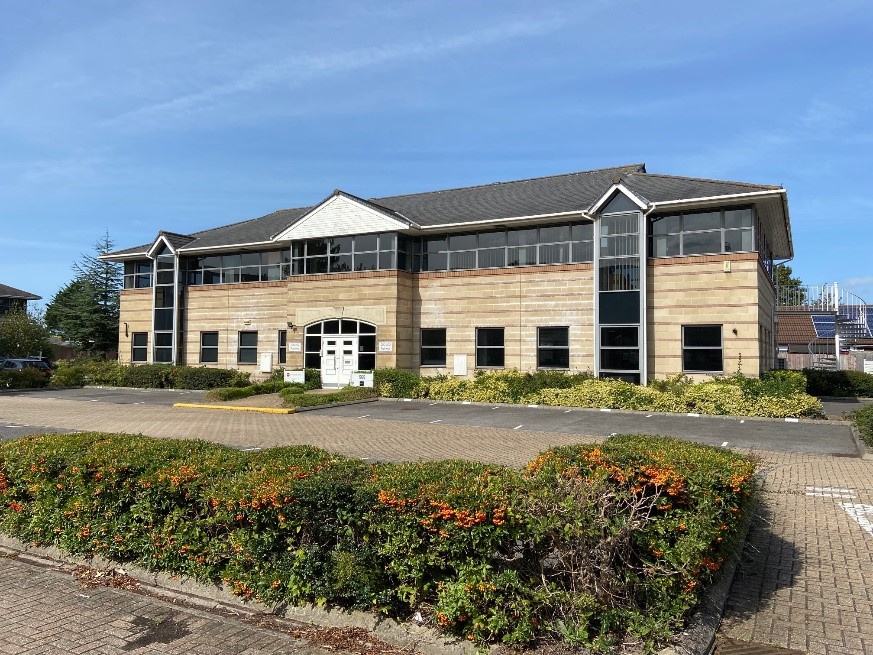
Here at Purplex, we have recently moved into a brand new, state-of-the-art office headquarters that we could not be prouder of in Worle Park Way, Weston-super-Mare. This trailblazing new HQ has changed the way we work for the better; creating an exciting and dynamic environment we can grow with and enjoy after years of lockdowns and isolation.
Our Hybrid Working Approach
We have recently adopted a flexible hybrid working model. This means, for the most part, our workforce is based at our HQ. However, should someone need to work from home for whatever reason, they can request the day in advance with their line manager. Staff may also request a recurring day to work from home.
Flexible working can reduce absence rates and allows employees to better strike a work-life balance. It allows them to manage aspects such as childcare and long-term health conditions, as well as supporting their mental health and stress.
Office Facilities Supporting Hybrid Work
Benefits of our HQ include:
- Plenty of free parking
- Bike storage
- Instant boiling water taps and filtered water
- Advanced AC and air filtration systems
- Easy transport links, local amenities and shopping
- A large open-plan office with plenty of space for each individual employee
- A large communal area featuring a fully equipped kitchen, flatscreen TV, and bar (for after-hours and events only, of course.)
- Seated massage sessions
- Regular social events
- A morning yoga class
- State-of-the-art meeting rooms
Designing Effective Hybrid Workspaces
Creating workspaces that prioritise employee wellbeing contributes to higher productivity and satisfaction. By designing comfortable and ergonomic environments, we can improve employee health and reduce the risk of injuries. Incorporating elements of nature, such as plants or natural lighting, promotes a sense of calm and reduces stress.
Technology Requirements for Hybrid Success
To promote collaboration in hybrid workspaces, it is essential to leverage technology solutions like video conferencing and collaboration tools, bridging the gap between remote and office-based employees. Creating dedicated collaborative spaces, such as brainstorming areas or project rooms, encourages teamwork and idea generation.
The Future of Hybrid Working
Human-centric approaches to future workspaces prioritise the satisfaction and well-being of employees. These workspaces create supportive environments that foster collaboration and innovation. Future workspaces also provide amenities like wellness rooms and recreational areas. A strong sense of community and belonging is considered crucial in designing these workspaces.
Our Hybrid Working and Workplace Marketing Services
At Purplex, we understand the challenges of modern workplace communication and hybrid team management. Our comprehensive services help businesses navigate the new world of work:
- Internal Communications & PR – Keeping hybrid teams connected and informed
- Digital Marketing – Reaching customers in the new digital-first landscape
- Web Design & Development – Creating digital headquarters for hybrid businesses
- Video Production – Professional content for virtual communications
- Marketing Consultancy – Strategic guidance for businesses adapting to hybrid models
Get Support for Your Hybrid Business Model
Adapting to hybrid working requires new approaches to communication, team management, and customer engagement. Our experienced team understands these challenges and can help your business thrive in the new world of work.
Ready to optimise your hybrid working strategy?
- Phone: 01934 808132
- Contact Form: Get in touch here
- Email: info@purplexmarketing.com
Whether you’re implementing hybrid working for the first time or looking to improve your current model, our team can provide the marketing and communication support you need to succeed.
This entry was posted in News

